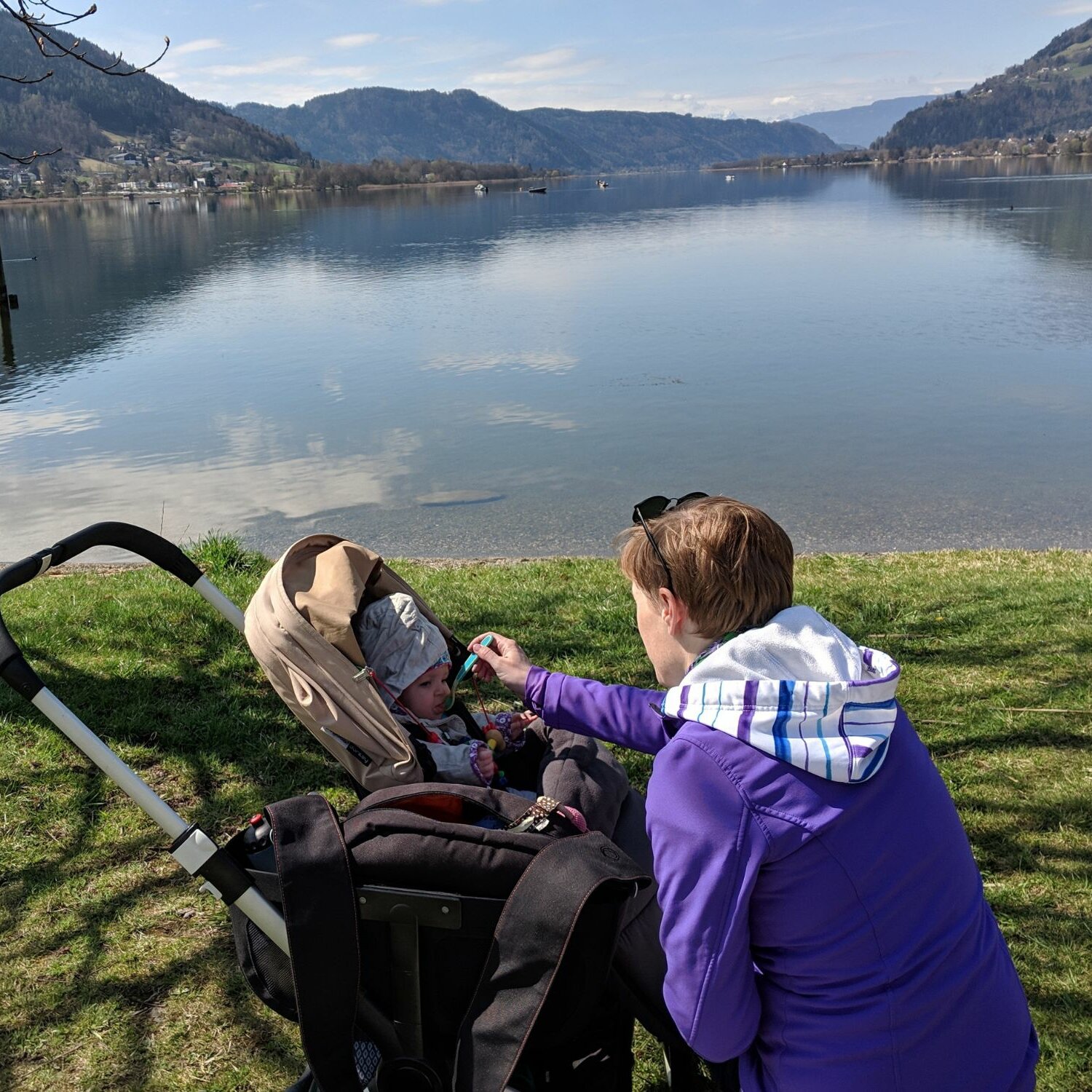Labour Market
Here you will find information and links to websites on many work-related issues
Based on the free movement of workers within the European Union, EU/European Economic Area and Swiss citizens can work in Austria without a work permit. In order to immigrate to Austria, third-country nationals need the Red-White-Red Card (Rot-Weiß-Rot Karte). There are no uniform rules for the formal recognition of foreign qualifications. An employment contract defines the legal basis of employment and if there is no contract, the employee must be provided with a notice of employment (Dienstzettel). The negotiated gross salary is subject to social insurance and income tax.
Work Permits
EU/EEA & Swiss Citizens
A work permit is not necessary to work in Austria. For information about residency please click here.
Third-country Nationals (Red-White-Red Card)
This offers qualified workers from non-member countries and their families the chance to stay in Austria and work for a specific employer. It must be applied for at the nearest immigration authority (district or municipal authority), or at the representative authority abroad (embassy) by the person or the employer in Austria.
Learn more
Workers’ Rights
Austrian labour law is extensive regarding rights and obligations. The websites of the Chamber of Labour and the Austrian Chamber of Commerce provide important information in German.
Helpful information is available here:
Learn more
Employment Contract
This is a contractual agreement between the employee and company regarding factors such as working location, area of responsibility, working hours, salary or the underlying collective agreement. The employment contract is based on the standards defined in the collective agreement and may only deviate in favour of the employee.
Collective Agreement
The collective agreement (Kollektivvertrag) is an agreement between a union, acting as the representative for all workers within an industry, and the Chamber of Commerce, which represents companies. The agreement is negotiated annually, and its objective is to guarantee the same standards of pay and working conditions within an industry. An employee must not fall below the minimum wage defined in the collective agreement.
Learn more
Salaries
Social insurance and income tax are deducted from the gross salary and paid directly by the companies. Most collective agreements include 14 salaries per year - the additional holiday subsidy and Christmas subsidy being taxed less than the normal monthly wage. The Gross-Net Calculator from the Federal Ministry of Finance helps to calculate the taxation. Its website is available in English:
Learn more

Work & Family
Parents are legally entitled to parental leave (Karenz). During parental leave you do not receive a salary or wage. However, you will receive childcare allowance during this time.
Childcare allowance (Kinderbetreuungsgeld) is possible until the end of the child’s second birthday provided the child lives in the same household. It is necessary to apply for the KBG at the respective health insurance institution.
Duration of Maternity Leave
The maternity leave begins at the earliest after the mother's protection period or - if the maternity leave is divided - after the maternity leave of the mother or the father.
It ends after the notified (= agreed) duration, at the latest on the day before the child's 2nd birthday. Work must therefore be resumed on the child's 2nd birthday at the latest.
If you want to go on maternity leave beyond this date, a written agreement with the employer including a waiver of the employer's right of termination is absolutely necessary.
Sharing Maternity Leave
Parental leave can be shared between the parents a maximum of twice. One part of the leave must last at least 2 months. The employer must be notified in writing of the duration of the parental leave. Please note there are notification deadlines for parental leave.
Government information is available in English here:
Learn more